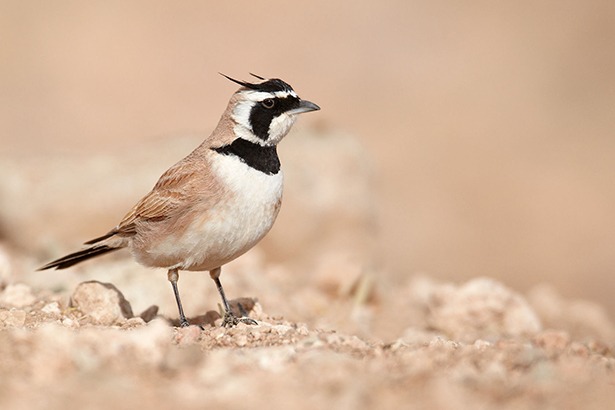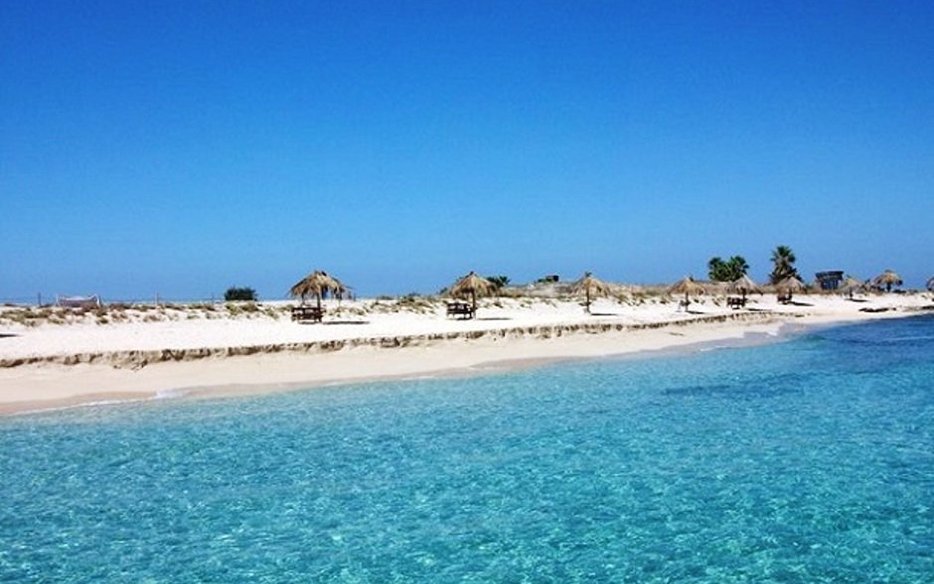Lebanon’s geographic position places it at a strategic stopping point for birds along the African-Eurasian migration paths, which creates huge birdwatching opportunities, especially during fall.
Over 300 species of birds can be seen in the Lebanese skies, mainly due to the country’s diversified landscape, which attracts even endangered birds such as the Imperial Eagle and the Sociable Lapwing. There are many opportunities to see certain species that are rather more common such as raptors, harriers, water birds and others like the Syrian Serin and the Palestinian Sunbird.
Ammiq Wetland
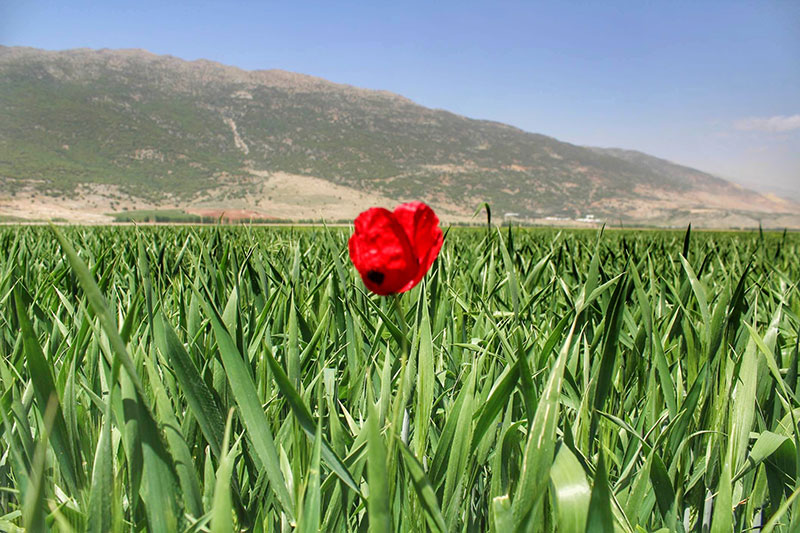
Photo – Nidal Majdalani
This 100-hectare, privately-owned wetland in the Bekaa Valley was declared a national nature reserve in 1999. It lies on one of the most important bird migratory routes in the Near East and is the largest natural wetland in Lebanon.
Palm Islands Nature Reserve
Located about 30 minutes from the coast of Tripoli, the Palm Islands Reserve is made up of three small islands. Established as a national nature reserve in 1992, the site is recognized as an Important Bird Area by Birdlife International. It is also an important egg-laying site for endangered sea turtles.
Al Shouf Cedar Nature Reserve
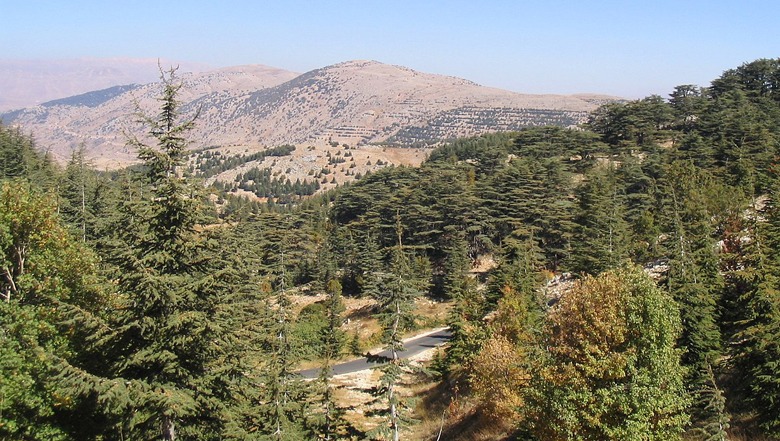
Horsh Ehden Nature Reserve
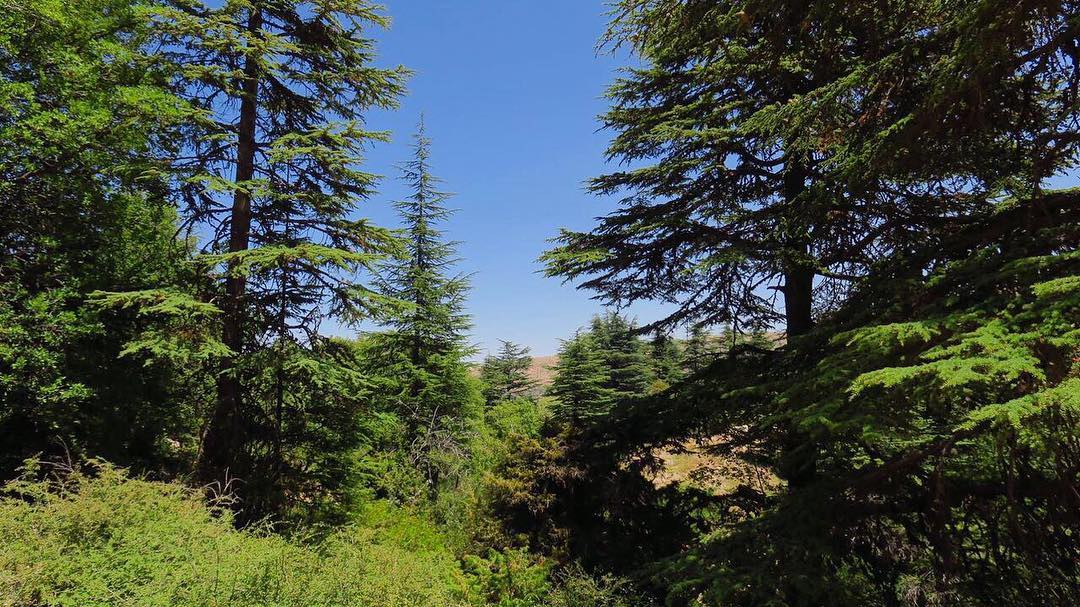
Tyre Coastal Nature Reserve
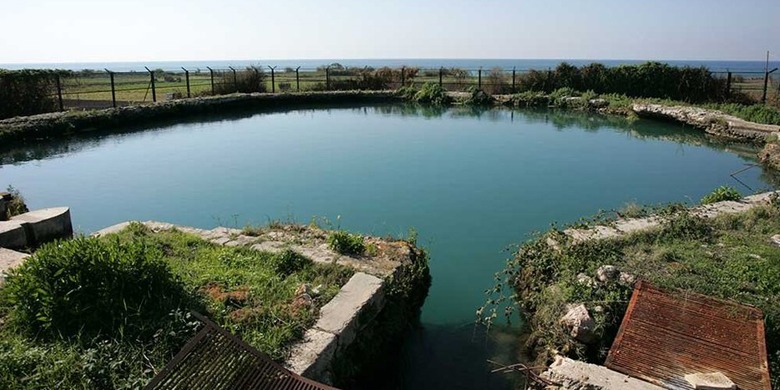
Photo – sobeirut.com
Established in 1998, the 380-hectare Tyre Coastal Nature Reserve encompasses a variety of terrestrial and marine ecosystems, and one of the most beautiful and scenic sandy beaches in Lebanon. The pools of Ras el-Ain, used since Phoenician time, create small areas of marshland that serve as a freshwater habitat. A great variety of birds can be found in the reserve, whose sandy beaches are an important nesting site for endangered sea turtles.
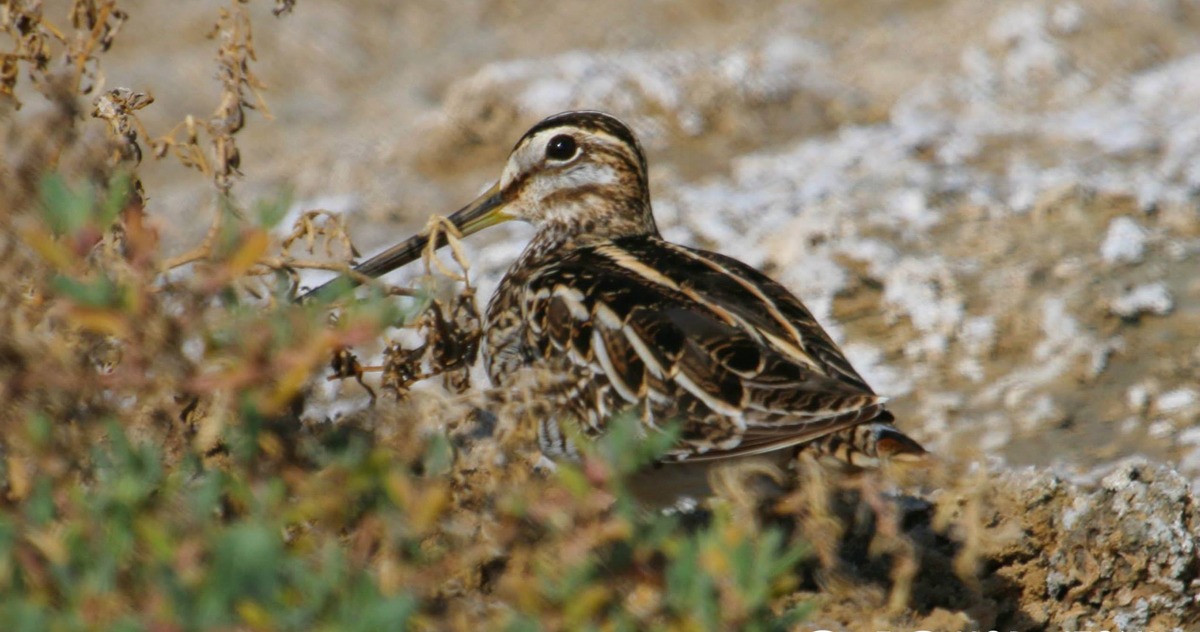
Photo – Fouad Itani
These sites regularly welcome significant numbers of internationally threatened species or other species that are of global conservation concern. Most are known to have a noteworthy assembly of species whose breeding distributions are largely or wholly confined to one biome and a meeting point site where at least 20,000 storks (Ciconiidae), raptors (Accipitriformes and Falconiformes) or cranes (Gruidae) often pass by during the autumn migration.
Other lesser-known sites
Besides these famous five locations, the Bird Life International Data Zone has listed 15 sites (including most of the ones we’ve listed) in Lebanon as Important Bird Areas (IBAs). You can check out the list here.
Who to contact
Trained guides are available in the nature reserves, and eco-tour operators run bird watching hikes and treks through many of these beautiful areas. The Society for the Protection of Nature in Lebanon (SPNL – Birdlife’s national partner) would be the best starting place to get all the information you would require.
Loading


